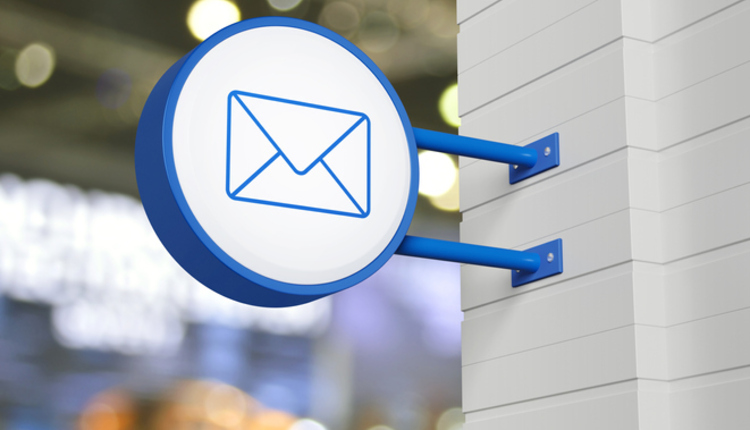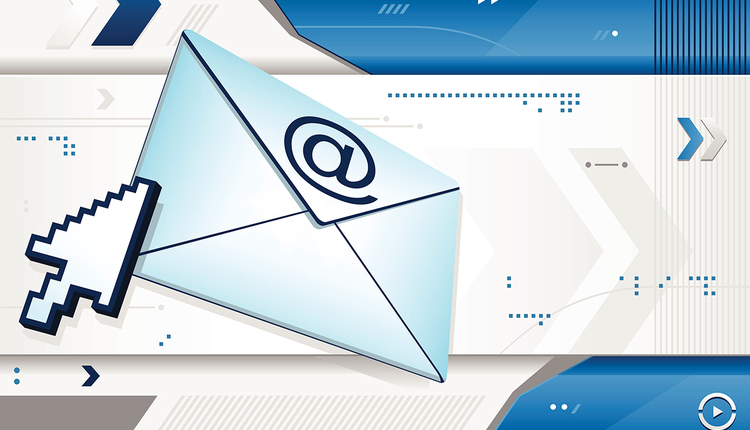This article originally appeared in the July/August, 2018 issue of Mailing Systems Technology.
In an age when work takes many employees out of the office for days, weeks, or even months at a time, business communications (which are often time-sensitive) cannot wait until the recipient returns. Unanswered mail can strain customer relationships and slow crucial business processes. That’s why the agile mail center of the future reinvents these processes, allowing users to view, respond to, and direct delivery of their mail on the go. It can even make other day-to-day tasks faster and easier by integrating inbound mail directly into relevant workflows, such as routing invoices to an accounts payable intake workflow. Similarly, highly regulated or security-conscious organizations can allow appropriate teams to review all incoming mail for issues, without slowing down delivery.
With the advent of new technologies, the role of the mail center has room to grow into a centralized communications hub. This approach can help get time-sensitive information where it needs to go quickly, no matter where employees’ work takes them, and it’s an approach your mail operations should consider as you set budget and strategy. And the sooner you start, the better, because the mail center of the future’s real-time analytics can help make continuous improvement a possibility.
What Does the Mail Center of the Future Look Like?
In an overarching sense, the future will transform the mail center into a speedy, transparent, efficient communications hub. That means empowering digital workplaces to deliver information to recipients where, when, and how it works best for them, no matter where their work takes them.
Incoming mail is digitized, proactively alerting recipients and providing delivery options ranging from opening and digitizing a letter to uploading to the recipient’s cloud storage platform of choice, to delivering mail or packages to a secure locker for later pickup at the recipient’s convenience. These pickups can be arranged via intelligent lockers, which help protect a mailpiece’s chain of custody, remove the need to track down recipients and can even track analytics around delivery and pickup. A user need simply walk up to the locker where their items are waiting, enter their personal security code, and retrieve the items. A “cube” system, which would involve delivering all mail and packages addressed to the business to a secure room, can provide similar benefits while potentially eliminating mail runs. In fact, even mail runs are seeing a futuristic overhaul, as some organizations embrace delivery robots to roam campuses and buildings delivering the mail and packages.
The mail center of the future builds on the success of current platforms, allowing employees to choose not just how they receive their mail but also how they receive their alerts. Recipients can be alerted via any of a variety of channels, ranging from email to text message and chat clients. Allowing users to manage their alert channels ensures time-critical decisions are delivered to channel they’re more likely to check. In fact, many visions of the mail center include artificial intelligence-powered chat bots that use natural language commands to let a recipient know when a communication arrives for them, automatically asking how and where the recipient would like it delivered and executing on the response.
How Can I Bring My Mail Center into the Future?
The mail center of the future is less a feature set than it is a goal for streamlined, effective communication that meets and overcomes the challenges of today’s workplaces. However, there are some concrete steps your mail operations can take toward becoming an efficient, all-purpose communications hub:
1. Centralize inbound mail operations. This is the foundation of the whole approach. In order to serve as a communication hub, your operation has to be at the center of all communications, including digital! This allows an organization to make strategic technology investments in a shared services model, rather than making disparate, department-level purchases that only serve a single purpose.
2. Digitize and classify physical communications. Digitization provides recipients basic information as they make their decision regarding how they’d like a communication delivered, and it makes electronic delivery possible for those who choose it. Digitization and classification makes for more precise content tracking, in addition to making it possible for incoming mail to move seamlessly to and through relevant workflows. Further, an organization or its legal team can review incoming communications comprehensively without slowing delivery, potentially aiding regulatory compliance, litigation requirements, or other oversight needs.
3. Classify digital communications. This also ties back into the transformation into a communication hub. Classification carries the same benefits here as it does for physical mail, but it significantly broadens the mail operation’s scope. This further centralizes management of business communications, allowing for more overarching, strategic decisions and helping to drive efficiencies. Often, the technologies needed to digitize and classify paper-based documents can ingest and classify digital communications as well, thus further utilizing prior investments.
4. Proactively notify addressed recipients. Automatic alerts via the recipient’s preferred channel make all the difference. A time-sensitive legal request that might otherwise have sat unopened on a desk for weeks can now be seen and responded to in seconds, from across the room or across an ocean. Additionally, sending a communication via a recipient’s preferred channel makes them more likely to view it and even respond. If someone knows they get 300 emails per day and would like to receive certain communications via another channel, honoring that preference can make all the difference.
5. Ingest communications directly into relevant workflows. Instead of delivering an email to a customer service-focused account, take the agile route: leverage software to automatically identify the type of inquiry and route it to the appropriate workflow, whether that’s opening a support ticket or pointing the sender to relevant materials. Intelligent, automatic routing works equally well with physical mail, and robotic process automation (RPA) can make this agile process even more efficient by identifying preference patterns – such as always choosing electronic delivery of postcards from mass mailings – and automatically applying them, creating further efficiencies.
6. Collect analytics. One of the biggest benefits of all of this digitization and classification is how much easier it becomes to quantify how your organization handles communications. That’s incredibly valuable insight that can be used to identify inefficiencies that may otherwise have gone unnoticed or realize productivity gains in innovative ways. For example, if you find your business receiving a large volume of paper invoices that you’re automatically scanning and then disposing of, you could look to switch to electronic invoicing to eliminate unnecessary steps.
This way forward would revolutionize how the enterprise thinks about the mail center, making it integral to efficient back-end processes and providing added value every step of the way. The efficiencies and insights don’t end with inbound mail, either. Tomorrow’s mail centers – starting with today’s technologies – can also help provide insight not just into how your business receives mail, but also how it sends mail: householding ad hoc mailings for postal discounts, uncovering quantitative trends in mail’s role in maintaining customer relationships, and much more.
The future is coming. Will your mail center be ready?
Steve Cousins is Advanced Services Strategy Sr. Mgr (ADSM) at Ricoh USA. He has 20 years of experience managing manufacturing and technology departments within progressive and established direct mail and transactional print service providers.











